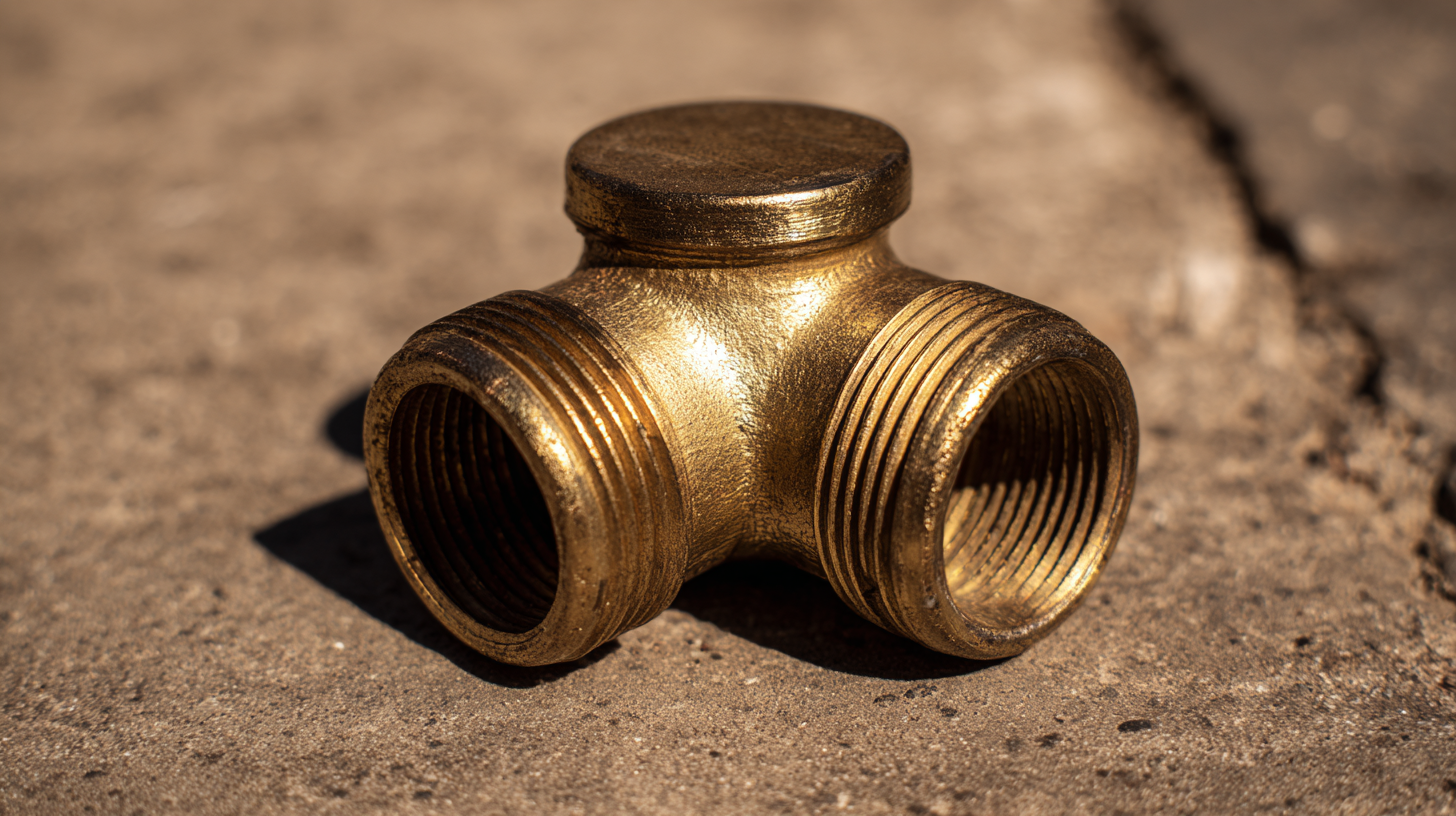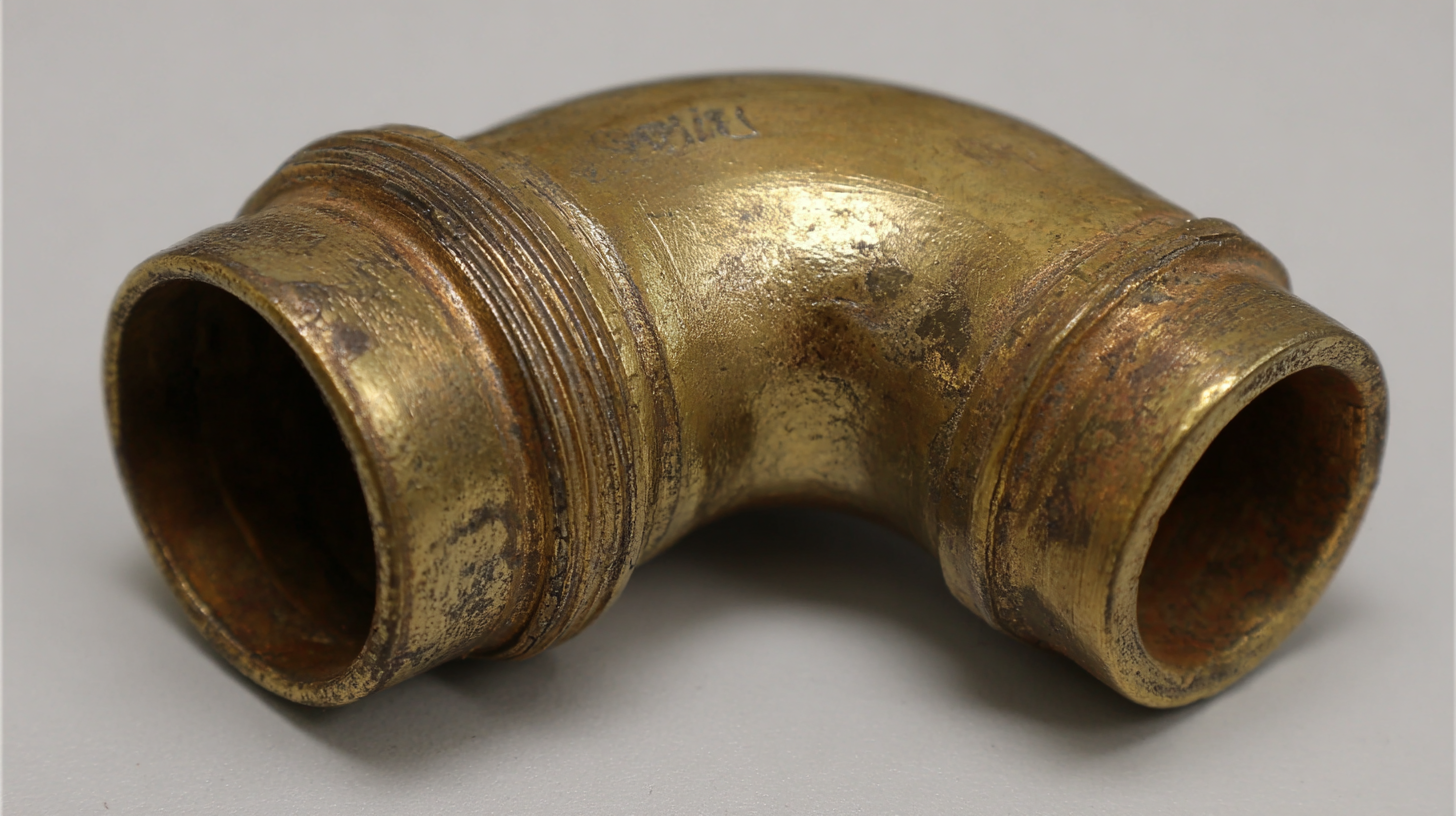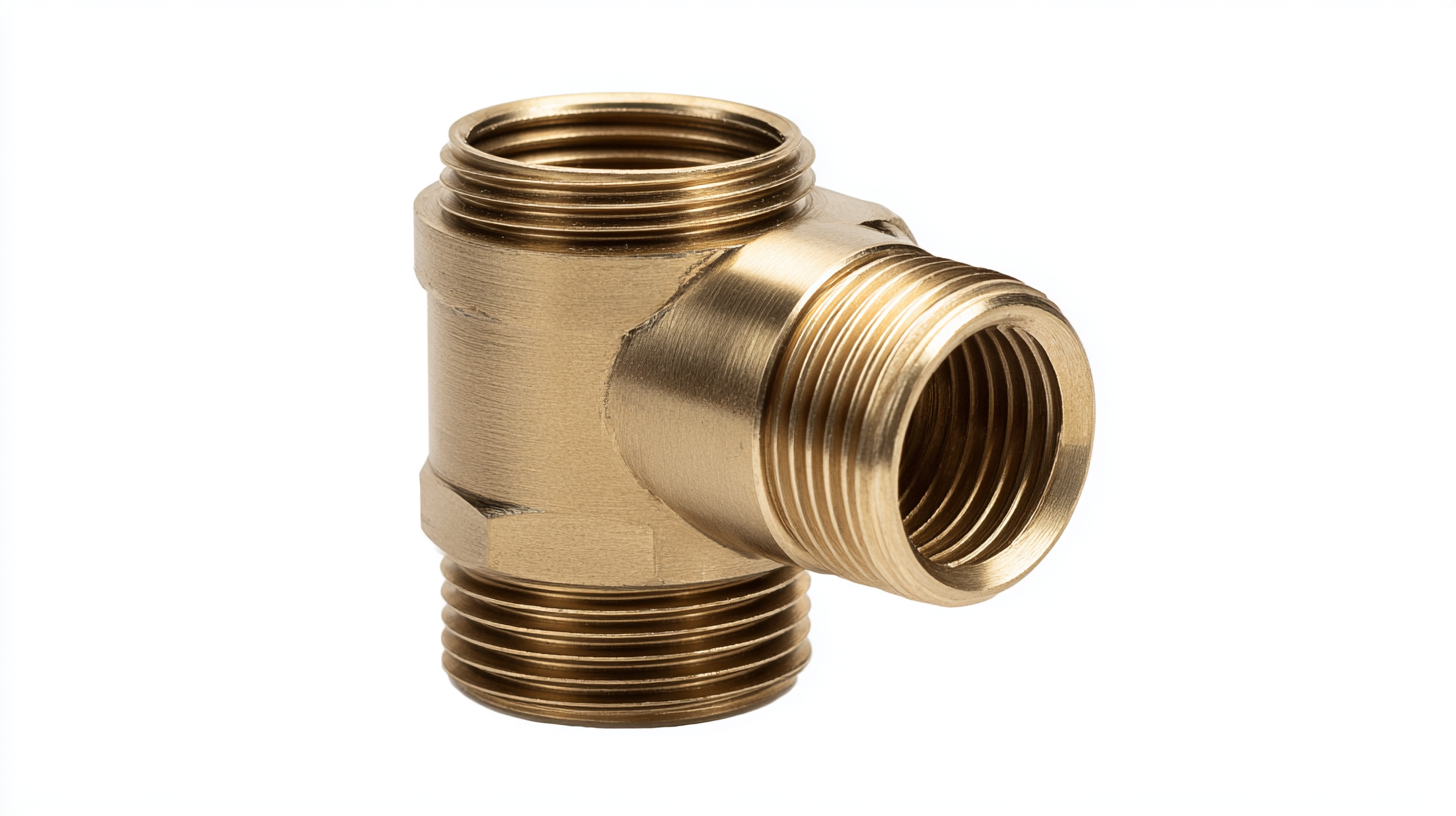Essential Checklist for Choosing the Right Brass Elbow for Your Project
When embarking on a plumbing or HVAC project, one of the most critical components to consider is the Brass Elbow. As the industry evolves, the importance of selecting the right fittings has become increasingly clear—especially given that the global brass fittings market was valued at approximately $6 billion in 2020 and is projected to reach $8 billion by 2027, according to a recent market report. This underscores the significance of material choice, durability, and design efficiency in ensuring long-lasting and leak-free applications. Whether for residential or commercial use, the right Brass Elbow can greatly affect system performance, making it essential to evaluate factors such as size, pressure ratings, and corrosion resistance. By following a comprehensive checklist, you can ensure that your project is successful and meets all required standards.

Key Factors to Consider When Selecting Brass Elbows for Plumbing Projects
When selecting brass elbows for your plumbing projects, there are several key factors to keep in mind to ensure optimal performance and longevity. One of the most important considerations is the size and compatibility of the elbows with your existing pipe system. Measure the diameter of your pipes and choose brass elbows that perfectly match to avoid any potential leaks or pressure drops. Additionally, consider the angle of the elbow; common options include 90-degree and 45-degree angles, depending on the direction you need for your plumbing layout.
Another critical aspect is the quality of the brass material itself. Look for elbows made from high-grade, lead-free brass to promote safety and compliance with plumbing standards, especially in drinking water applications. It's also prudent to examine the fittings for any signs of corrosion or damage, as these can significantly impact the performance of your plumbing system. Finally, consider the manufacturer's reputation and warranty, as a reliable brand can provide peace of mind and assurance of durability over the long term in your plumbing projects.
Understanding the Different Types of Brass Elbows and Their Applications
When selecting the right brass elbow for your project, it’s essential to understand the different types and their applications. Brass elbows come in various configurations, such as 90-degree and 45-degree angles, and can be used in plumbing, HVAC, and hydraulic systems. Each type serves a specific purpose, depending on the flow requirements or space constraints. For instance, a 90-degree elbow is ideal for making abrupt directional changes in plumbing systems, while a 45-degree version helps to achieve smoother transitions and reduce pressure drops.
Currently, the global hydraulic fittings market, which includes brass fittings, is forecasted to grow at a rate of 5.4% through 2029, as per Valuates Reports. This growth is driven by the increasing demand for hydraulic systems across various industries. Moreover, advancements in fitting technologies, such as metal push-fit solutions, provide installers with the advantage of flexibility and efficiency, ensuring they have the right fitting readily available for any task. The understanding of different brass elbow applications is vital for leveraging this growth potential in the market.
Tips for Evaluating the Quality and Durability of Brass Elbows
When selecting the right brass elbow for your project, it’s essential to evaluate the quality and durability of the product thoroughly. Look for materials that ensure longevity and reliability. High-quality brass elbows should be made from solid brass, which provides resistance to corrosion and wear over time. A well-constructed elbow should also feature precision machining to ensure a secure fit, preventing leaks and maintaining optimal flow.
 In addition to material quality, consider design features that contribute to durability. Just as the best garden hoses flaunt kink-resistant and puncture-proof construction, so should brass elbows offer similar durability aspects. A robust construction will not only withstand high-pressure conditions but will also resist impact during installation and use. Always choose brass elbows that come with guarantees or warranties, which can provide added peace of mind regarding their performance and lifespan. By focusing on these critical factors, you can confidently select brass elbows that will serve your plumbing or fixture needs effectively and reliably.
In addition to material quality, consider design features that contribute to durability. Just as the best garden hoses flaunt kink-resistant and puncture-proof construction, so should brass elbows offer similar durability aspects. A robust construction will not only withstand high-pressure conditions but will also resist impact during installation and use. Always choose brass elbows that come with guarantees or warranties, which can provide added peace of mind regarding their performance and lifespan. By focusing on these critical factors, you can confidently select brass elbows that will serve your plumbing or fixture needs effectively and reliably.
How to Ensure Proper Sizing for Optimal Performance in Your Project
When selecting a brass elbow for your project, ensuring proper sizing is crucial to optimal performance. The first step involves measuring the diameter of the pipes you will be connecting. Using either a caliper or a pipe measuring tape guarantees you have accurate measurements, as even slight discrepancies can lead to unwanted leaks or pressure drops. Remember that brass elbows come in various sizes, so it's essential to confirm that the elbow you choose matches the sizing requirements of your pipes.
Moreover, consider the angle of the elbow fitting—common options include 45-degree and 90-degree angles. The angle you select will impact both the flow and the efficiency of your overall plumbing system. Using an angle that aligns with your project’s needs can minimize turbulence and backpressure, enhancing performance. Additionally, it’s wise to account for the specific application; for example, if you are working with cold water, a different elbow may be needed compared to one used for hot water. By focusing on precise sizing and appropriate angles, you ensure that your brass elbow fitting will serve its purpose efficiently.
Essential Checklist for Choosing the Right Brass Elbow for Your Project
| Dimension | Size (Inches) | Material Type | Pressure Rating (PSI) | Applications |
|---|---|---|---|---|
| 1/2" | 0.5 | Brass | 600 | Water Supply, HVAC |
| 3/4" | 0.75 | Forged Brass | 600 | Gas Line, Plumbing |
| 1" | 1 | Cast Brass | 500 | Hydraulic Systems |
| 1-1/4" | 1.25 | Brass Alloy | 300 | Industrial Applications |
| 1-1/2" | 1.5 | Lead-Free Brass | 200 | Water Faucets, Fixtures |
Common Mistakes to Avoid When Choosing Brass Elbows for Your Needs
 When selecting the right brass elbow for your plumbing or construction project, it's crucial to avoid some common pitfalls that can lead to costly mistakes. One of the most frequent errors is neglecting to consider the elbow's size and fittings. Choosing an elbow that does not match the diameter of your pipes can lead to leaks and reduced flow efficiency. Always measure your existing pipes accurately and ensure compatibility with the elbow fittings to prevent future complications.
When selecting the right brass elbow for your plumbing or construction project, it's crucial to avoid some common pitfalls that can lead to costly mistakes. One of the most frequent errors is neglecting to consider the elbow's size and fittings. Choosing an elbow that does not match the diameter of your pipes can lead to leaks and reduced flow efficiency. Always measure your existing pipes accurately and ensure compatibility with the elbow fittings to prevent future complications.
Another mistake often made is overlooking the specific application requirements. Not all brass elbows are created equal; some are designed for high-pressure systems, while others may not withstand extreme temperatures. Failing to account for the environmental conditions where the elbow will be used can compromise the integrity of your plumbing system. Additionally, it's important to check for certifications and quality standards, as this will impact the elbow's performance and longevity. By being mindful of these common mistakes, you can ensure you select the best brass elbow for your project.
